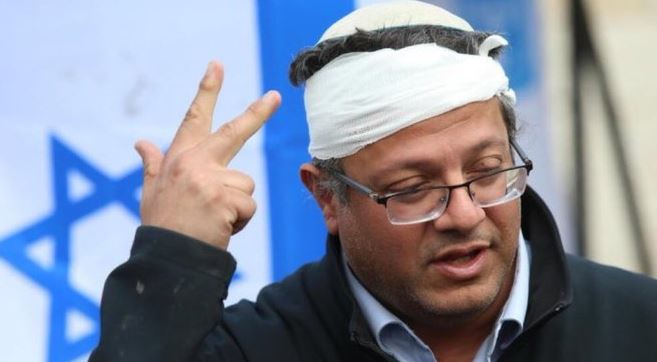Israeli far-right National Security Minister Itamar Ben-Gvir has resigned from Prime Minister Benjamin Netanyahu’s government in protest of the ceasefire agreement with Gaza. This move comes as tensions flare following an Israeli airstrike that killed at least eight people in Gaza, hours after the ceasefire was delayed due to disputes over the release of hostages.
Airstrike in Khan Younis:
- Casualties Confirmed: Nasser Hospital in Khan Younis reported the deaths from the strike, which occurred approximately two hours after the ceasefire was scheduled to begin on Sunday. The incident underscores the fragile nature of peace efforts in the region.
- Cause of Delay: Israel claimed the delay was due to Hamas not providing the names of hostages intended for release. Hamas eventually publicized the names of three hostages more than two hours after the truce was supposed to start, leading to confusion and continued violence.
Ceasefire Details:
- First Phase: The ceasefire, mediated by the United States, Qatar, and Egypt, was meant to initiate a 42-day period where 33 hostages would be released, alongside hundreds of Palestinian prisoners. Israeli military withdrawal and the return of displaced Palestinians to their homes were also part of the deal, with an increase in humanitarian aid expected.
- Long-term Peace Hopes: This ceasefire is intended as a step towards ending a 15-month conflict, though the second phase of talks, aimed at addressing the release of the remaining hostages and a permanent ceasefire, remains uncertain.
Political Repercussions:
- Ben-Gvir’s Resignation: Ben-Gvir, a key figure in Netanyahu’s coalition, has publicly opposed the deal, seeing it as a concession to Hamas. His resignation could signal further political instability or shifts within the Israeli government.
- Netanyahu’s Stance: Netanyahu had previously stated that the ceasefire would not commence without the hostage list, showing the contentious atmosphere surrounding the truce.
Celebrations and On-Ground Realities:
- Palestinian Celebrations: Despite the delay, celebrations erupted in Khan Younis and Gaza City, with residents and even armed Hamas fighters joining in. The Hamas police also emerged more visibly, indicating a shift in control or security within Gaza.
- Returning Home: As the ceasefire was supposed to take effect, many Palestinians started returning to their damaged homes, amidst ongoing sounds of conflict in some areas, highlighting the desperate desire for peace amid the devastation.
War Toll and Future:
- Human Cost: Over 46,000 Palestinians have died according to Gaza’s Health Ministry, with over 1,200 Israelis killed in the initial Hamas attack that triggered this war. The displacement of 90% of Gaza’s population and the destruction of infrastructure paint a grim picture.
- Political and Reconstruction Challenges: With President-elect Donald Trump’s inauguration approaching, there’s added pressure to resolve or at least manage the conflict. The reconstruction of Gaza, if lasting peace is achieved, would require years and significant international cooperation.
This situation remains fluid, with the potential for either further escalation or a step towards a more lasting peace. The international community watches closely as both sides navigate this delicate moment.



